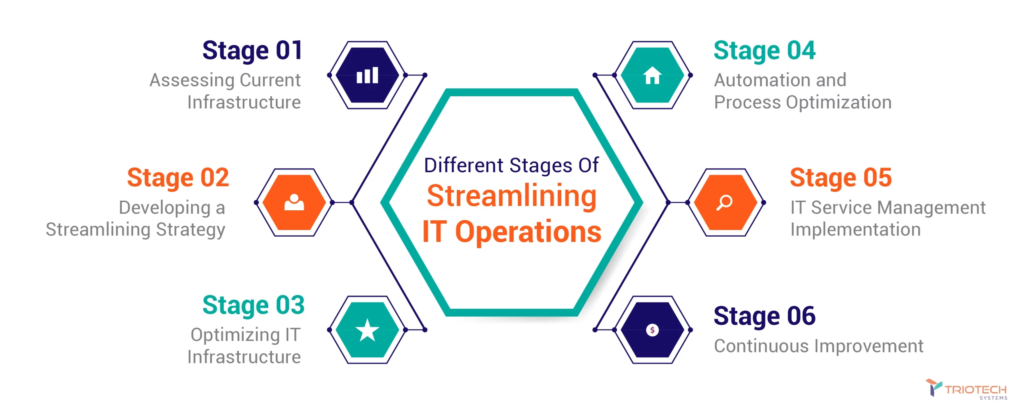Effective IT infrastructure management is crucial for organizations aiming to maximize operational efficiency, ensure reliability, and support business growth in an increasingly digital world. It encompasses the oversight and maintenance of hardware, software, networks, and data centers that form the backbone of modern business operations.

Understanding IT Infrastructure Management
IT infrastructure management involves planning, designing, implementing, and maintaining an organization’s IT infrastructure. This includes:
- Hardware: Servers, computers, storage devices, and networking equipment.
- Software: Operating systems, applications, and middleware.
- Networks: Local area networks (LANs), wide area networks (WANs), and internet connectivity.
- Data Centers: Facilities for housing and managing servers and storage systems.
Key Components of IT Infrastructure Management
- Monitoring and Performance Optimization: Continuous monitoring of IT systems ensures proactive identification of performance issues, potential bottlenecks, and security threats. Performance optimization involves fine-tuning hardware and software configurations to enhance efficiency and response times.
- Security and Compliance: Implementing robust security measures, such as firewalls, intrusion detection systems (IDS), and encryption protocols, safeguards IT infrastructure from cyber threats. Compliance with industry regulations and data protection laws (e.g., GDPR, HIPAA) ensures data security and privacy.
- Backup and Disaster Recovery: Establishing backup protocols and disaster recovery plans mitigates the risk of data loss and ensures business continuity in the event of hardware failures, natural disasters, or cyberattacks.
- Capacity Planning: Forecasting future IT infrastructure requirements based on business growth projections helps allocate resources effectively. Scalability considerations ensure that infrastructure can accommodate increased demand without compromising performance.
Benefits of Effective IT Infrastructure Management

Optimizing IT infrastructure management offers several advantages:
- Improved Efficiency: Streamlined processes and optimized resources reduce downtime, enhance productivity, and support seamless business operations.
- Cost Savings: Proactive maintenance and resource allocation minimize unexpected expenses associated with system failures and unplanned downtime.
- Enhanced Security: Robust security measures protect sensitive data and mitigate risks associated with cyber threats, ensuring compliance with regulatory requirements.
- Scalability and Flexibility: Scalable infrastructure supports business growth and adapts to changing technological requirements and market conditions.
Challenges and Considerations
Effective IT infrastructure management faces challenges:
- Complexity: Managing diverse IT components and integrating new technologies with existing systems can be complex and require specialized expertise.
- Technological Obsolescence: Rapid advancements in technology necessitate ongoing updates and upgrades to maintain competitiveness and efficiency.
- Skills Gap: Recruiting and retaining skilled IT professionals with expertise in infrastructure management and emerging technologies is essential.
Future Trends
The future of IT infrastructure management is shaped by emerging trends:
- Cloud Computing: Adoption of cloud services for scalability, flexibility, and cost-efficiency in managing IT infrastructure.
- Edge Computing: Processing data closer to the source (at the edge) to reduce latency and support real-time applications.
- Automation and AI: Automation of routine tasks and AI-driven analytics for predictive maintenance and proactive problem resolution.
Conclusion
In conclusion, effective IT infrastructure management is critical for organizations seeking to leverage technology for competitive advantage and operational excellence. By optimizing systems and networks, organizations can enhance efficiency, security, and scalability while supporting business growth and innovation. Embracing emerging technologies and best practices in IT infrastructure management ensures that businesses remain agile and resilient in an increasingly digital and interconnected world.



